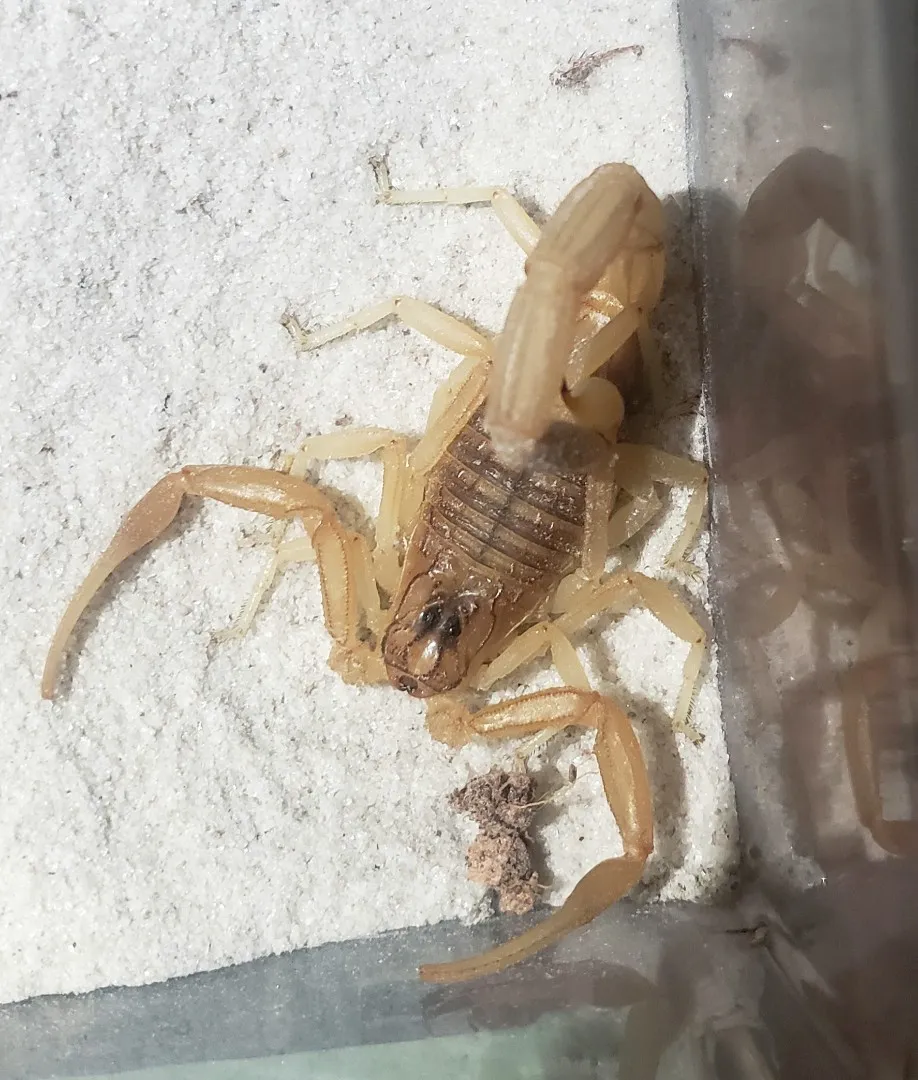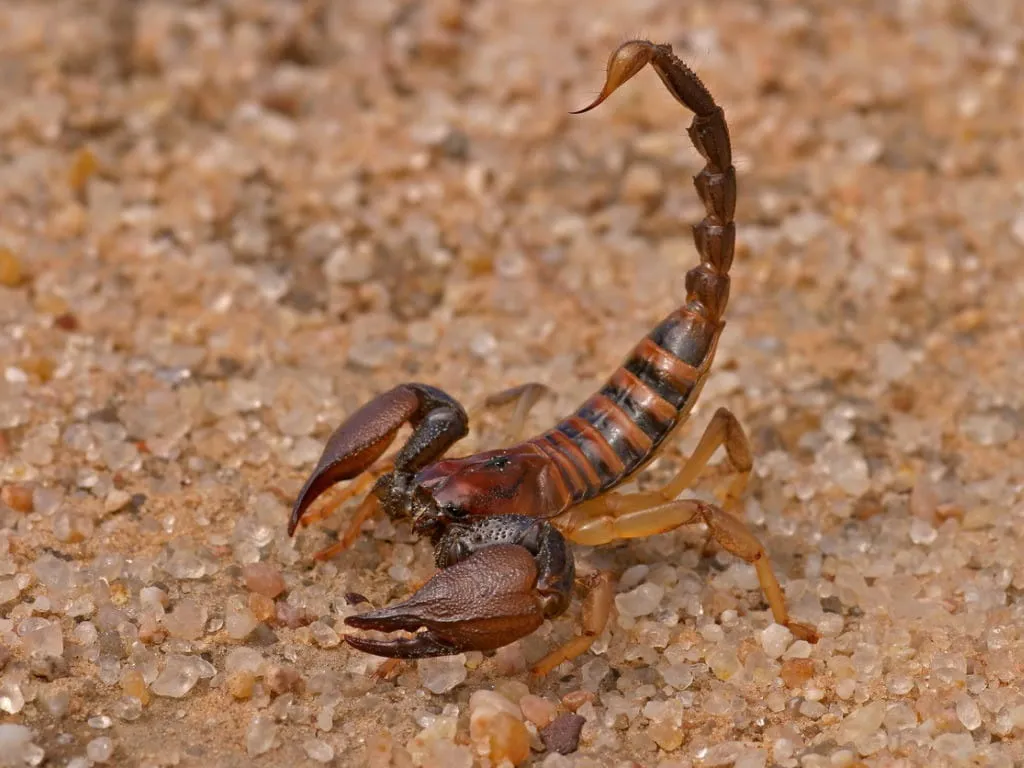Can Tarantulas Eat Scorpions? The Ultimate Showdown
The question of whether a tarantula can eat a scorpion is a fascinating one, sparking curiosity about the natural world and the complex relationships between predators and prey. In the wild, these encounters are not uncommon, and the outcome often depends on a variety of factors, including the size of the tarantula and scorpion, their respective species, and the environment. Tarantulas, with their imposing size, venomous fangs, and hunting prowess, are formidable predators. Scorpions, armed with their venomous sting and armored bodies, are also well-equipped for survival. This clash between predator and prey is a testament to the survival strategies evolved by both arachnids. Understanding this relationship helps us to appreciate the intricate balance of ecosystems and the remarkable adaptations of these creatures.
Tarantula’s Scorpion Diet What They Eat
Tarantulas are opportunistic predators, meaning they will eat a wide variety of prey. Their diet in the wild typically consists of insects, such as crickets, cockroaches, and beetles. However, larger tarantulas, particularly the ones that are native to tropical regions, have been known to consume small vertebrates, including lizards, frogs, and even small snakes. Scorpions, with their chitinous exoskeletons and potential for venom, present a more challenging meal, but tarantulas possess the tools to overcome these defenses. The inclusion of scorpions in a tarantula’s diet is not a daily occurrence, but in certain environments where scorpions are abundant and other prey is scarce, they can become a significant food source. The nutritional value of scorpions, rich in protein, could be a factor in their appeal as well.
Scorpion as a Food Source Why Tarantulas Hunt

The reasons why a tarantula might hunt a scorpion are multifaceted. Primarily, it is a matter of survival and securing a food source. In the absence of other readily available prey, scorpions represent a viable, albeit challenging, meal. Moreover, the hunting of scorpions can be attributed to the natural predatory instincts hardwired into tarantulas. These arachnids are built to hunt, equipped with keen senses and the ability to ambush prey. Scorpions, due to their movements and habitat sharing, might cross paths with tarantulas, triggering the hunt. Furthermore, the nutritional benefits of scorpions can be a motivating factor, as the protein-rich body of a scorpion provides essential nutrients. The availability of other food sources, competition, and even the tarantula’s size and species play a role in its decision to engage in a battle with a scorpion.
The Hunting Strategies of Tarantulas
Tarantulas are ambush predators, meaning they typically wait for prey to come within striking distance. They do not actively pursue their prey over long distances. When a potential meal, like a scorpion, comes close, the tarantula will quickly pounce. Their hunting strategy involves a combination of stealth, speed, and the element of surprise. The tarantula’s hairy legs can also help it sense vibrations in the ground, which can alert it to the presence of potential prey. Once within range, the tarantula will quickly inject venom, which serves two purposes: it immobilizes the scorpion and begins the process of digestion. The tarantula then uses its fangs to pierce the scorpion’s exoskeleton, ensuring the venom is delivered effectively. This quick attack, combined with the venom, often gives the tarantula the advantage in the battle.
Venom and Defense How Tarantulas Overcome Scorpions
Tarantulas possess two primary weapons that are used in the hunt and consumption of scorpions: venom and fangs. Tarantula venom is a complex cocktail of toxins that serve to immobilize and pre-digest the prey. In a fight with a scorpion, the venom is critical to quickly subdue a potentially dangerous adversary. The tarantula’s fangs are large and sharp, perfectly designed for piercing the tough exoskeleton of the scorpion and injecting the venom. Scorpions, on the other hand, are equipped with a venomous stinger and thick armor. However, tarantula venom acts rapidly, and the element of surprise is often on the tarantula’s side. The combination of quick strike, potent venom, and the tarantula’s size often allows it to overcome the scorpion’s defenses.
Tarantula’s Digestive Process Breaking Down Scorpions

Tarantulas do not eat solid food in the same way that many other animals do. Instead, they inject digestive enzymes into their prey, including scorpions. These enzymes break down the scorpion’s internal organs into a liquid form, which the tarantula then sucks up. This process is known as external digestion. After injecting the venom, the tarantula will use its chelicerae (mouthparts) to break apart the scorpion’s body. The tarantula will then spend several hours, or even days, extracting the liquefied nutrients from the scorpion. This is an efficient way to extract nutrients from a prey item that is difficult to consume. The tarantula will often leave behind a dry exoskeleton, which is all that remains of the scorpion.
Habitat and Prey Availability Where They Meet
The geographical overlap of tarantulas and scorpions is crucial for these encounters. Both arachnids are found in a variety of habitats, often including deserts, grasslands, and tropical regions. They prefer warm climates. The presence of both species in the same habitat significantly increases the likelihood of interactions. In areas where both tarantulas and scorpions are abundant, such as parts of the southwestern United States, Mexico, and certain regions of South America, the chances of a tarantula preying on a scorpion are higher. The availability of other prey also influences these interactions. If other food sources are scarce, tarantulas are more likely to target scorpions. The habitat conditions, including the presence of rocks, burrows, and other hiding places, also play a role, as both species seek shelter from predators and the elements.
Benefits of Scorpions in a Tarantula’s Diet
Including scorpions in their diet can offer several benefits to tarantulas. Scorpions provide a concentrated source of protein and other essential nutrients, which are necessary for growth, reproduction, and overall health. Protein is vital for the tarantula to build and maintain its body mass, and scorpions are rich in this nutrient. The exoskeleton of a scorpion is also rich in chitin, which is a type of fiber that can aid in the digestive process. While scorpions may be a more challenging prey item compared to insects, they can offer greater nutritional value. When other food sources are scarce, consuming scorpions can be a crucial survival strategy, providing the necessary energy and resources to thrive. The potential benefits, however, must be weighed against the inherent risks of hunting a prey item with venom.
Risks of Feeding Tarantulas Scorpions

While scorpions can be a part of a tarantula’s diet, there are also inherent risks involved. The most significant danger is the scorpion’s venomous sting. A sting can be fatal to a tarantula, especially if it is not able to quickly subdue the scorpion. Even if the tarantula is successful in subduing the scorpion, there is always a chance of injury during the fight. The scorpion’s claws and stinger can cause damage, leading to infection or other health problems. In captivity, the risk can be managed somewhat by ensuring the tarantula is significantly larger than the scorpion. However, feeding scorpions to tarantulas can be an option, but is not recommended for novice keepers. Some keepers will only feed scorpions to their tarantulas if the tarantula is a well-established adult and the scorpion is significantly smaller.
Top 5 Facts About Tarantulas Eating Scorpions
- Tarantulas are opportunistic predators and will eat scorpions when the opportunity arises.
- The size of the tarantula and scorpion, and the tarantula’s venom are critical factors in the outcome.
- Tarantulas use venom to subdue scorpions and then employ external digestion to consume them.
- The habitats of both arachnids overlap in several regions around the world, particularly deserts and tropical areas.
- While scorpions offer nutritional benefits, they also pose a risk to the tarantula due to the stinger and venom.
